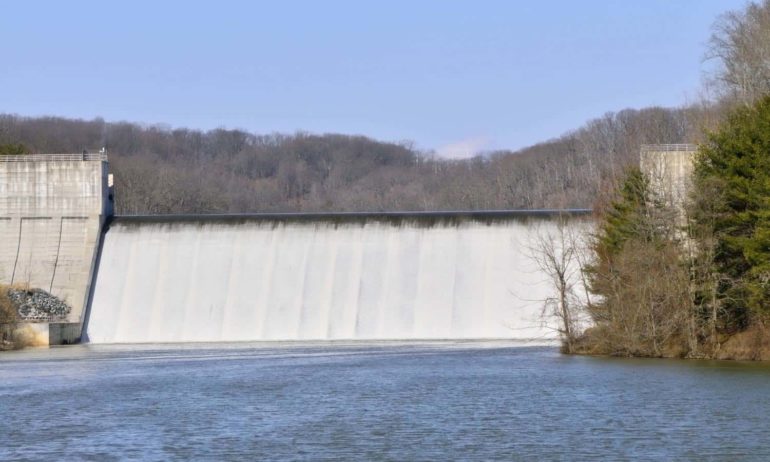Recently, the Sustainability Institute and School of Public Leadership in Stellenbosch, South Africa published a report, “Mitigating Risks and Vulnerabilities in the Energy-Food-Water Nexus in Developing Countries.” The report was compiled for the United Kingdom Department of International Development, and it outlines the dynamic interactions between energy, food, and water systems to identify vulnerabilities and propose policy solutions. The linkages described in the report include energy and water inputs in the food system; crops and water which are used to produce energy in the form of biofuels, fossil fuels, and hydroelectricity; and energy and agricultural production which adversely impact water quality.
According to the authors, “this escalating tension between increasing demand and limits on resources and environmental sinks threatens to create energy and food price shocks that ripple across integrated global markets and result in local shortages of key resources. This, in turn, threatens to undermine energy, food, and water security, and thereby reduce human welfare and possibly lead to social tensions and geopolitical conflict.” If these systems are addressed independently of one another, rather than holistically, it could result in policies and measures which are ineffective or even harmful to other parts of the nexus.
While resource availability and environmental space might not be an immediate obstacle to global economic growth, resource constraints and climate change have been identified as crucial challenges in the twenty-first century which have the potential to impact political security and stability. According to the World Bank, some 1.3 billion people lack access to electricity while 1.2 billion people have unreliable access and over 780 million people lack reliable access to clean and safe water. According to the United Nations Food and Agriculture Organization (FAO), at least 800 million people suffer from chronic undernourishment. Demand for these resources is projected to increase significantly in the next half century, driven by increased population, global economy expansion, rising living standards, and a continuing process of urbanization. Most of the increased demand is expected to happen in developing countries, and the lack of available resources will increasingly limit the ability to meet demand.
This study is composed of a literature review of documents on the energy-food-water nexus, a qualitative analysis of vulnerability indicators, and a policy analysis to produce recommendations for mitigating those vulnerabilities. In addition to global analysis, specific case studies in Malawi, South Africa, and Cuba were conducted to understand the systems of different types of regimes. Malawi is a primarily agrarian system which depends on low productivity, rain-fed agriculture, and biomass energy and has low access to electricity, improved water sources, and adequate nutrition. South Africa is heavily dependent on fossil fuels to power high energy industry and agriculture, and complex water supply infrastructures which are threatened by fossil-fuel-intensive energy and food systems. Cuba incorporates extensive agroecological farming and a growing use of renewables, but it is weak regarding reliance on imported grains and fuels.
The identified risks and vulnerabilities faced by developing countries include extreme events such as droughts or floods, oil price shocks, food price shocks, geopolitical tensions, and financial speculation in commodity markets. The result of food, energy, and water insecurity is the potential for heightened social instability in countries and throughout regions. Concerning policy strategies moving forward, it was noted that any mitigation strategy has to begin with the creation of well-functioning institutions, efficient government systems, and integrated policy frameworks to design and implement effective policies. In rural areas, the critical issue is to optimize land use to provide necessary services, and in urban areas, the emphasis should be on creating resource efficient low carbon cities. For primarily agrarian regimes, the recommendation is to expand access to water, food, and energy while limiting the adverse environmental impacts, and in industrial countries, the greatest challenges are to minimize the vulnerability to international energy prices, reduce resource and energy intensity, and reduce the negative impacts of fossil fuels.















